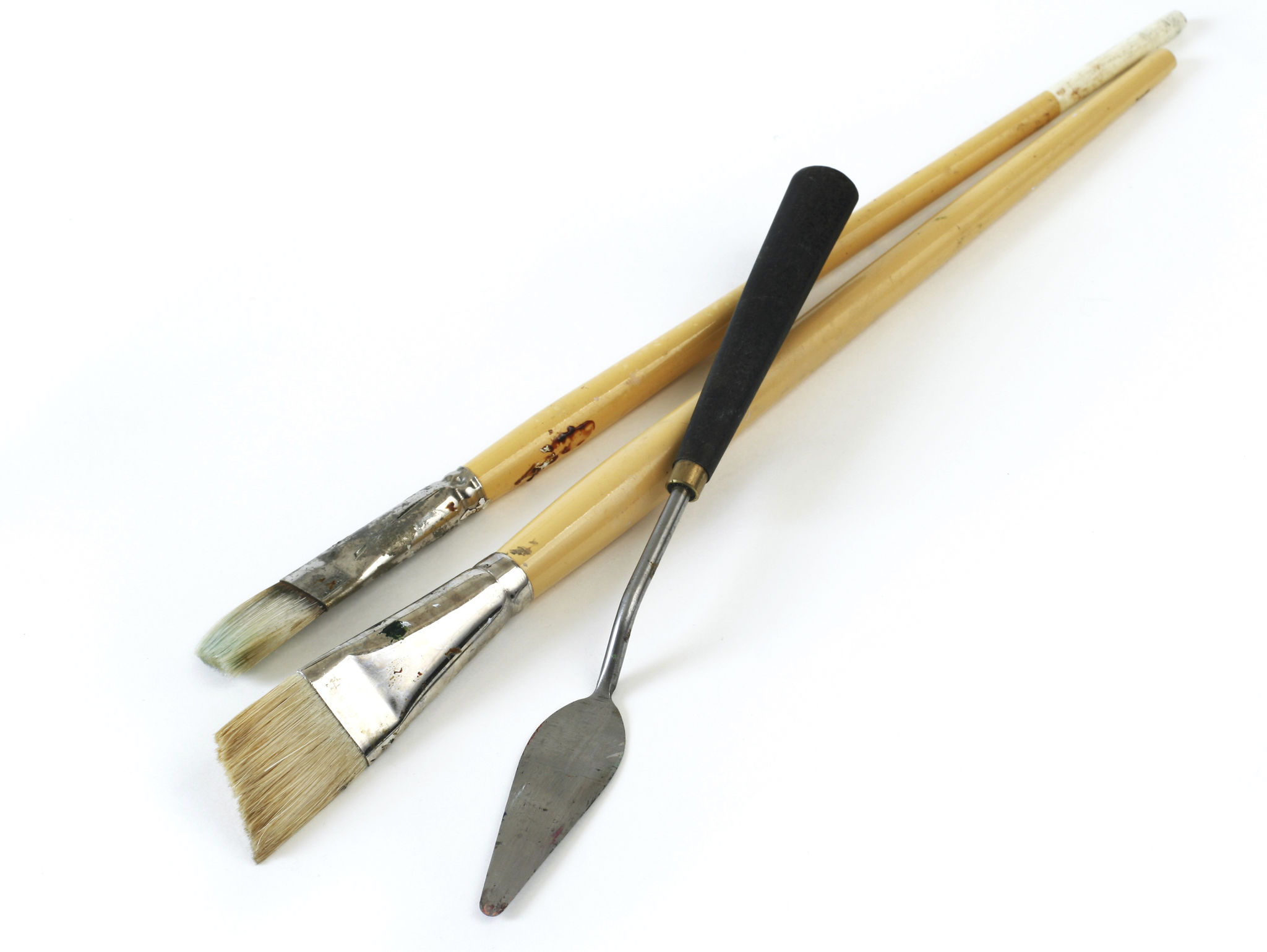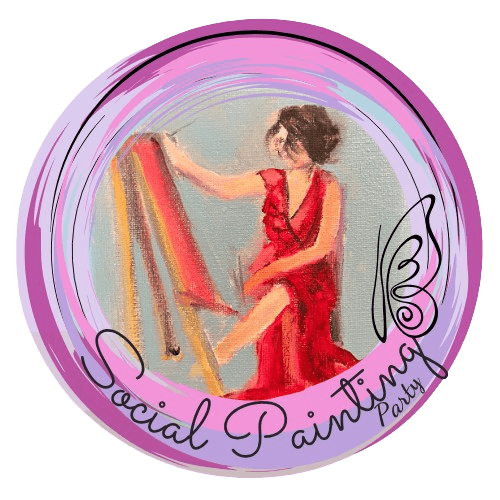Getting Started with Oil Painting: A Beginner's Guide and Essential Materials
Getting Started with Oil Painting
Oil painting is a vibrant and versatile medium that has captivated artists for centuries. Whether you're an aspiring artist or looking to explore a new hobby, oil painting offers a rich and rewarding experience. This guide will introduce you to the world of oil painting and help you get started with essential materials and techniques.

Essential Materials for Oil Painting
Before you dive into creating your first masterpiece, it's important to gather the right materials. Having quality supplies can make a significant difference in your painting experience and results. Here's a list of essential materials you will need:
- Oil Paints: Start with a basic set of colors, including white, black, red, blue, yellow, and brown.
- Brushes: Invest in a variety of brushes such as flat, round, and filbert brushes to achieve different strokes and textures.
- Canvas: Pre-stretched canvases or canvas boards are ideal for beginners.
- Palette: Use a palette for mixing your paints. A wooden or glass palette works best.
- Palette Knife: Useful for mixing colors and applying paint in thick layers.
Setting Up Your Workspace
Creating a comfortable and organized workspace is crucial for your painting process. Find a well-lit area where you can set up your easel and materials. Ensure that your workspace is ventilated, as some oil paints and solvents can emit strong odors. Keep your supplies within reach to streamline your workflow.

Understanding Oil Paints
Oil paints are known for their rich colors and smooth texture. They consist of pigments suspended in oil, typically linseed oil. One of the benefits of oil paints is their slow drying time, allowing you to work on your painting over several sessions without rushing. This feature offers flexibility to blend colors seamlessly and make adjustments as needed.
When working with oil paints, you can manipulate their consistency using mediums like linseed oil, turpentine, or mineral spirits. These mediums can thin the paint, enhance its flow, and create different effects on the canvas.
Basic Techniques for Beginners
As a beginner, start by practicing basic techniques to build your confidence and skills. Here are a few techniques to try:
- Underpainting: Establish the composition by creating a monochromatic base layer.
- Glazing: Apply thin, transparent layers of paint to build depth and luminosity.
- Scumbling: Use a dry brush to apply a thin layer of opaque paint over a dry layer for texture.
- Blending: Experiment with blending colors directly on the canvas for smooth transitions.

Troubleshooting Common Issues
As you start your journey with oil painting, you may encounter some common challenges. For instance, if your paint appears too thick or sticky, try adding a small amount of medium to improve its flow. If you're having trouble with color mixing, practice creating color charts to understand how different hues interact.
If your painting becomes overly muddy or loses vibrancy, consider working in layers and allowing each layer to dry before adding more paint. Patience is key when working with oils, as the drying time can vary based on the thickness of application and environmental conditions.
The Joy of Experimentation
Remember that oil painting is as much about experimentation and exploration as it is about technique. Allow yourself the freedom to play with colors, textures, and styles. Mistakes are part of the learning process and can lead to unexpected discoveries that enhance your artistic journey.
As you continue to explore oil painting, you'll develop your unique style and preferences. Whether you're capturing the beauty of nature, abstract concepts, or personal portraits, enjoy the creative journey that oil painting offers.

